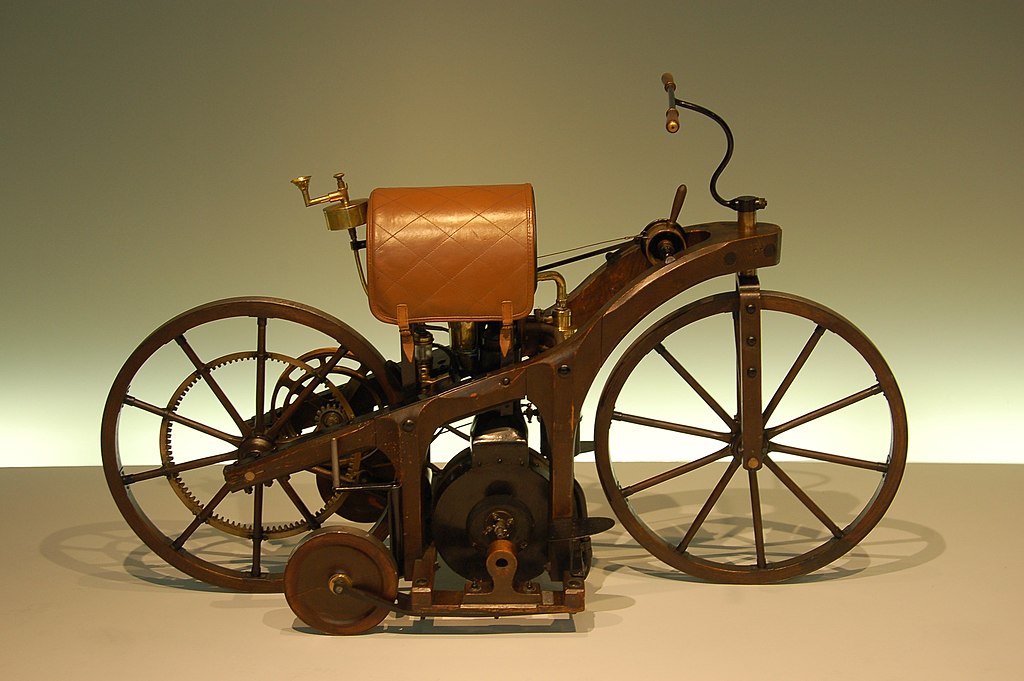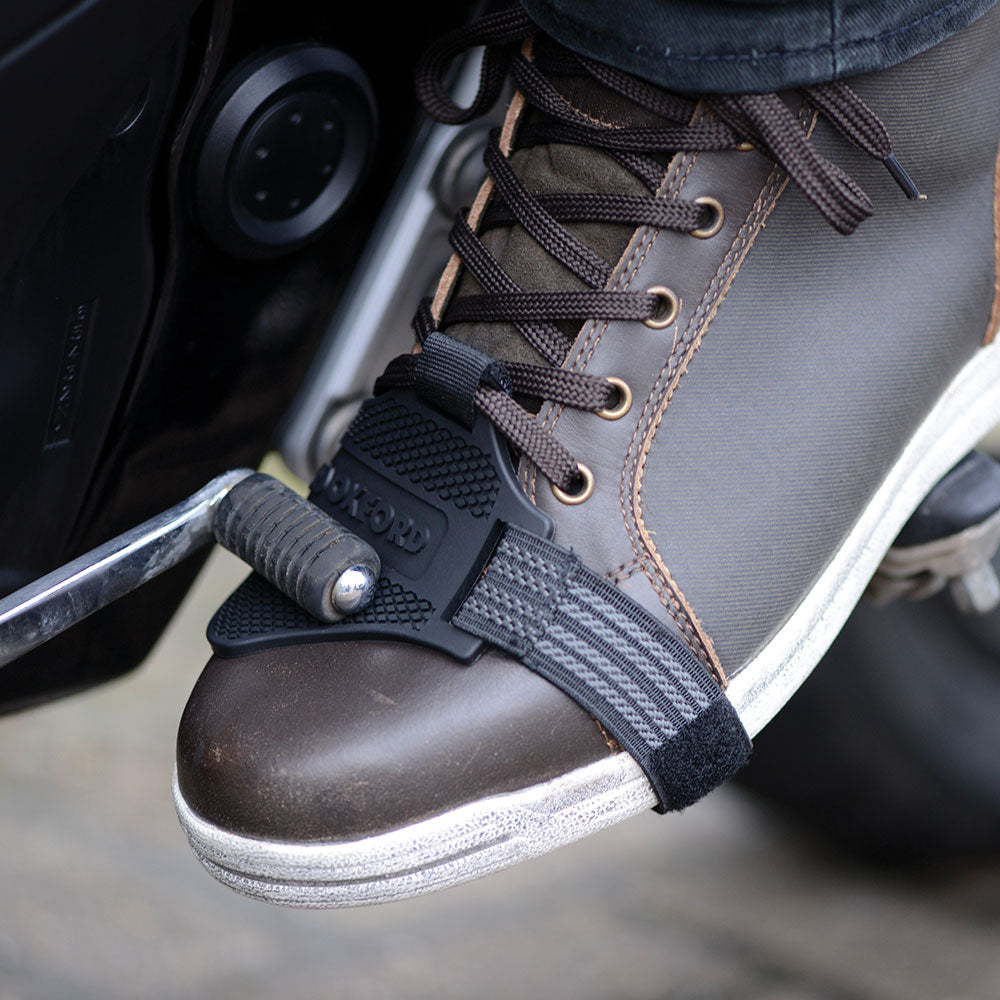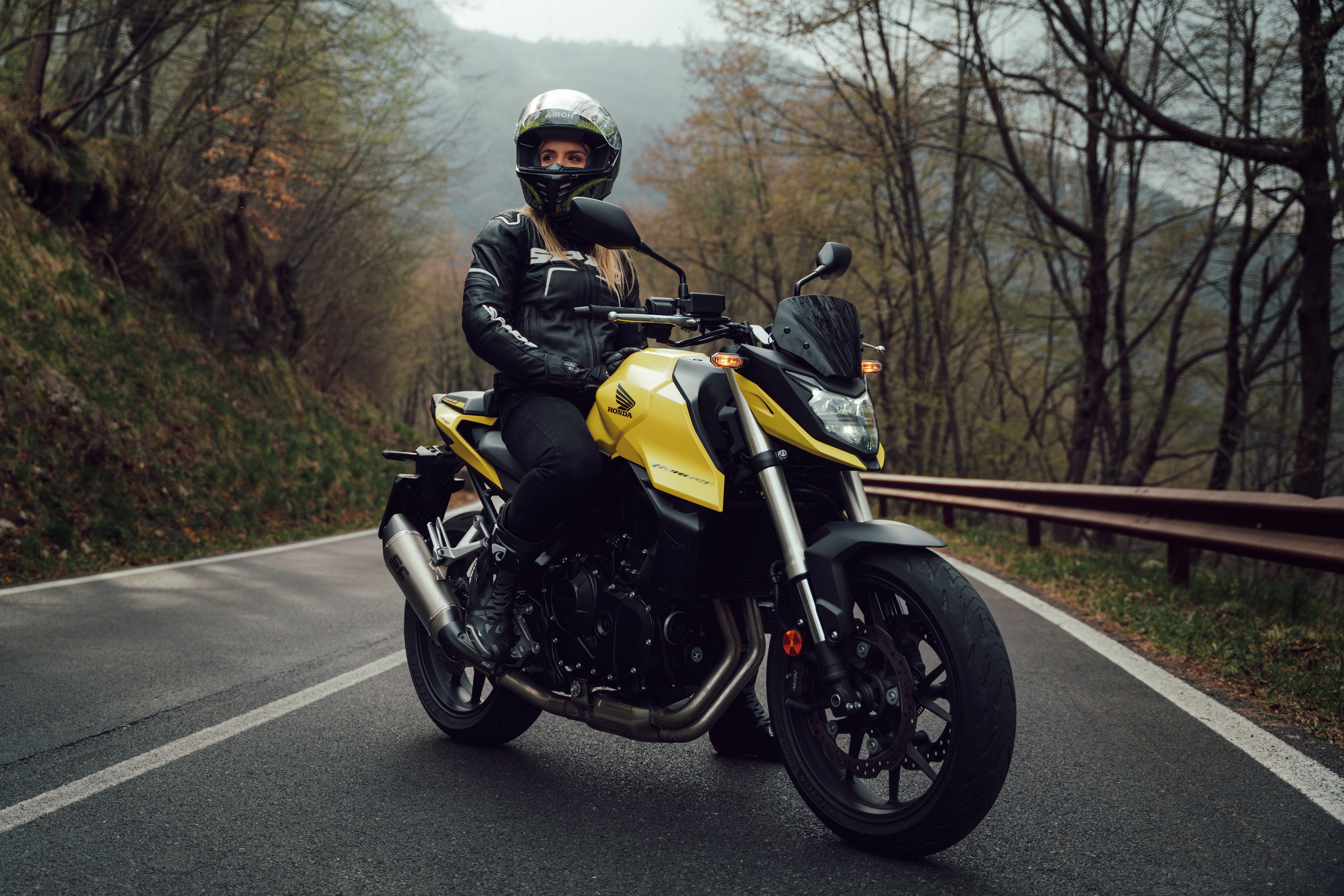
Evolution of Motorcycles - Part 1
Motorcycles as we see them today have come a far, far way in the way they look, how they ride, their purpose, and even in the way they are made. To truly understand how we arrived at modern day motorcycles, and why they ride like they do today, it is important to understand the history of the motorcycle. Therefore, we are putting together this three part guide for you to understand how motorcycles came about. Here’s how it all started.
The construction of the first motorcycle can be traced back to the middle of the 19th century, although, it is not clear as to who first came up with the idea or who actually had the first working prototype. If you were to look at what these motorcycles looked like, you would see a resemblance that was borrowed from bicycles, and that is because they were a bicycle of sorts. You see, the bicycle came into existence a few decades before motorcycles started to appear on the scene. Essentially, then, the first motorcycles were just motorized bicycles with top speeds of anywhere from 15 to 30 km/h. The one thing that stands in the making of the motorcycle is that there is no true answer as to who made it first, like Karl Benz, who is considered as the father of the automobile or cars. In the second half of the nineteenth century, different inventors were busy coming up with their own version of a motorcycle.

These initial iterations of the motorcycle were rudimentary. They generally relied on a throttle body lever to accelerate and the brakes didn’t exist. The major difference was that some of these were steam powered or boiler-run motorcycles whereas as we moved towards the 20th century, the first internal combustion motorcycles started to appear. The trend started in Europe around the 1880s and then started spreading to the Americas. It was this radical spur in development that led to the first series production motorcycle appearing in 1894 and it was called the Hildebrand & Wolfmülle. In fact, this was the first time the word motorcycle was used to describe a vehicle of this kind. The company built around a couple of thousand units of this motorcycle. It, however, didn’t became that popular at the time due to a high input cost and competition from rival designs which were always upgrading. Nevertheless, the Hildebrand & Wolfmülle was an impressive motorcycle as it could reach to speeds of up to 45 km/h! It was quick for its time.
Must Read: How to go through the Gears on a Motorcycle
At the beginning of the 20th century, in 1901, a motorcycle company began operations in England, a motorcycle company that we know so well today. It was, and is, called Royal Enfield. This was the time when many motorcycle manufactures had begun to erupt. The likes of Triumph, Harley-Davidson and Norton all came into existence around the same time. It was surprising that at the beginning of the 20th century, the imperative was not to increase the functionality, but make motorcycles race. And that’s why, this period in history is littered with lean, mean machines which were light and could get up to speed quickly.
Also Read: Motorcycle Tyre Maintenance and Inspection
That would however not be the case in the near future as global events of the 19th century had a huge role in shaping the motorcycles that we ride today, but more on that in the second part of this three part series.

Leave a comment
This site is protected by hCaptcha and the hCaptcha Privacy Policy and Terms of Service apply.